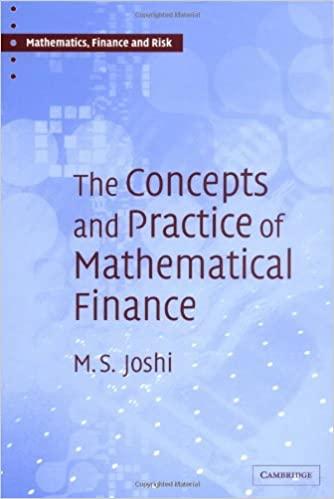Please just complete question #4 showing all steps and work :)

Integrated Case Chapters 6&7 Yoshida Co. issued $10,000,000 of corporate bonds with 36 -year maturity six years ago. The bonds have a coupon rate of 10.25%, pay interest semiannually, and have a part value of $1,000 per bond. The bonds are currently trading at a price of $935 per bond. A 20 -year Treasury bond with a 5.5% coupon rate (paid semiannually) and $1,000 par is currently selling for $955. Submit your answers in a Word document and consider 4 decimal places in your estimations. Required: 1. Determine the yield spread between the corporate bond and the Treasury bond (in other words, determine the difference between the securities' effective yield to maturity). If you are considering investing in Yoshida's bonds and you have an 9% required rate of return, would you purchase them, assuming you plan to hold them to maturity? Why? 2. Alternatively, you are considering purchasing Yoshida preferred stock. Assume the preferred stock has a current market price of $50, a par value of $60 and a dividend of 10% of par. Would you be willing to buy the firm's preferred stock? Why? You have a required rate of return of 11% for investments of this type. 3. Now assume that Yoshida has 855,000 common stocks outstanding; and recently paid a dividend of $1.0964 per share. Additionally, the firm generated a net income of $1,417,500 and has common stockholder's equity of $6,000,000 (book value). You believe the firm is in a constant state of growth and your required rate of return for investments of this risk level is 13%. The firm's common stock is currently trading for $45 per share. Based upon this information, would you be willing to purchase shares of common stock in the firm? Why? Use the discounted dividend model (Hint: the constant growth rate needed for the calculations can be estimated as the product of the retention ratio and the return on equity). 4. Would your decision to purchase share of Yoshida's common stock change if, rather than expecting the firm to experience a constant rate of growth, you expect the following variable growth pattern? Fast growth of 17% for years 1 through 6 Moderate growth of 15% for years 7 through 10 Stable growth of 10% for years 11 and beyond








